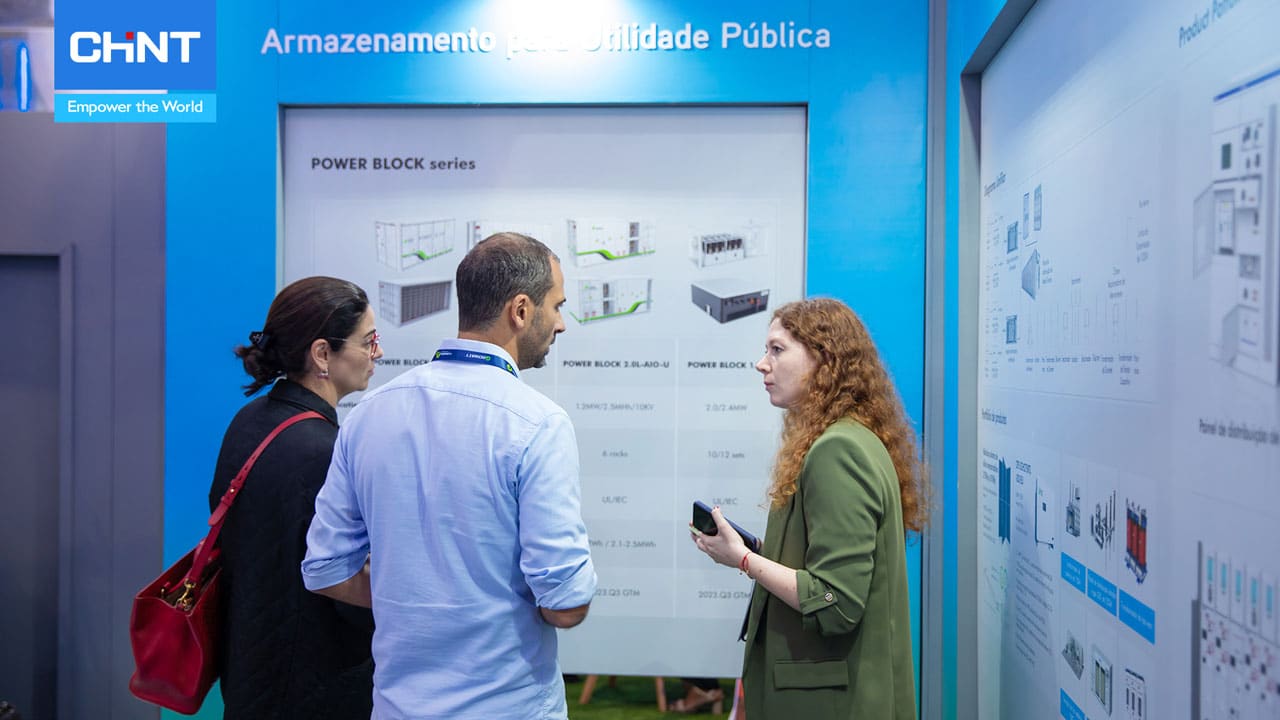Table of Contents |
Electrical safety and management are essential parts of all buildings, especially those used for commercial purposes. Two of the most critical components for this are the surge protector and the circuit breaker, which are often confused with one another. Let’s take a look at the two and how they differ.
Is Circuit Breaker The Same As Surge Protector?
There are a few similarities between the two but despite some overlapping functions, including being essential parts of electrical safety, circuit breakers are different from surge protectors. Let’s take a look at how both are used.
Application of a Circuit Breaker
The primary function of a circuit breaker is to prevent electrical fires. When too much electricity travels through a circuit, it can overheat to the point of catching fire. As its name suggests, this piece of equipment breaks the circuit by stopping the flow of electricity once it reaches unsafe levels, thus preventing a fire from taking place.
Application of a Surge Protector
A surge protector protects a system from a sudden burst or surge of electricity. Imagine a building with a large radio antenna that is struck by lightning. That strike can create a surge of electricity once power is restored. This destroys the building’s wiring and causes the electronics plugged in to become non-functional.
Circuit Breakers vs Surge Protectors: Key Differences
Now that we’ve looked at how they both are used, let’s examine the main differences between the two in a variety of categories.
Purpose
A circuit breaker, as the name suggests, is designed to break a circuit and prevent the wires from catching fire. A surge protector stops bursts of energy from overloading and destroying the electric device.
Location
Although both a surge protector and a circuit breaker can be installed in the electrical box and protect the entire building, power strip surge protectors can be plugged into any outlet and can be moved easily.
Protection Type
Circuit breakers protect against electrical fires, while surge protectors prevent equipment failure.
How it Works
Circuit breakers work by breaking up the electrical signal and redirecting it harmlessly to an insulator or into the ground. Surge protectors raise or lower resistance to prevent the excess current from overloading the system.
Resetting
Resetting a surge protector requires pressing a button on the device, while a tripped circuit breaker will need to have a lever pulled before it will be functional again.
Status Indicator
For surge protectors, an indicator light next to a word like “protected” means the device is functioning. Circuit breakers have different colored LED lights: green means the power is on, white means the power is off, and red means it has been tripped.
Professional Installation
Circuit breakers and in-box surge protectors will always require a professional installation. Surge-protecting power strips simply need to be plugged into a wall socket and can be installed by anyone.
Ongoing Cost
A circuit breaker will need to be replaced more often, especially if the system is tripped repeatedly and the mechanism wears out. In-box surge protectors have a higher initial cost but require little maintenance and can be used for long periods of time with little maintenance.
Circuit Breakers vs Surge Protectors: Pros and Cons
Circuit breakers and surge protectors are essential for electrical safety, but they serve different purposes. Understanding their distinct roles helps in making informed decisions for safeguarding homes and electronic devices.
Circuit Breaker: Pros
Circuit breakers can save vital pieces of equipment from expensive repairs or even becoming functionally useless. They are also legally mandated in many jurisdictions, like the United States whose National Electric Code requires all residential, industrial, and commercial units to have one installed.
Also, unlike fuses that break after one use, they can be reset and used multiple times. They’re also usually easier to test than fuse boxes, which have no indicators as to whether or not they’re still functional.
Circuit Breaker: Cons
A circuit breaker that continually needs to be reset can wear out pretty quickly, which results in higher maintenance costs. They’re also more expensive than fuse boxes, both for installation and the continual routine maintenance that some molded circuit breakers require.
Some lower-end models may not have an indicator light which can make it difficult to ascertain whether the system is still working or not.
Surge Protector: Pros
Both styles of surge protectors are a great way to protect expensive electronic and electric devices from a sudden burst of power. The power strip variety is very easy to install and can be purchased at low prices.
Surge Protector Cons
Conversely, lower-end surge protectors may not be as durable and are prone to failure if the voltage gets too high. Larger units installed in the electrical box also have a higher barrier to entry as the initial costs can be quite expensive, although it tends to even out as those costs are amortized over the life of the device.
How to Choose: Which Device You Need?
The first question to ask is, “Are circuit breakers legally required in my jurisdiction?” Circuit breakers are legally required in many places but surge protectors are generally optional.
The next question is, “Are lightning strikes or power outages common in the area?” If the answer is no, you may not need a surge protector. However, you should also ask, “Is there room in the budget for both?” If there is, it’s often better to be safe than sorry.
Conclusion
These are a few of the key differences between surge protectors and circuit breakers, an important distinction for choosing the right device for both safety and functionality. Chint Global is a worldwide leader in electrical safety products, making it the perfect place to purchase the right item for your setup.














